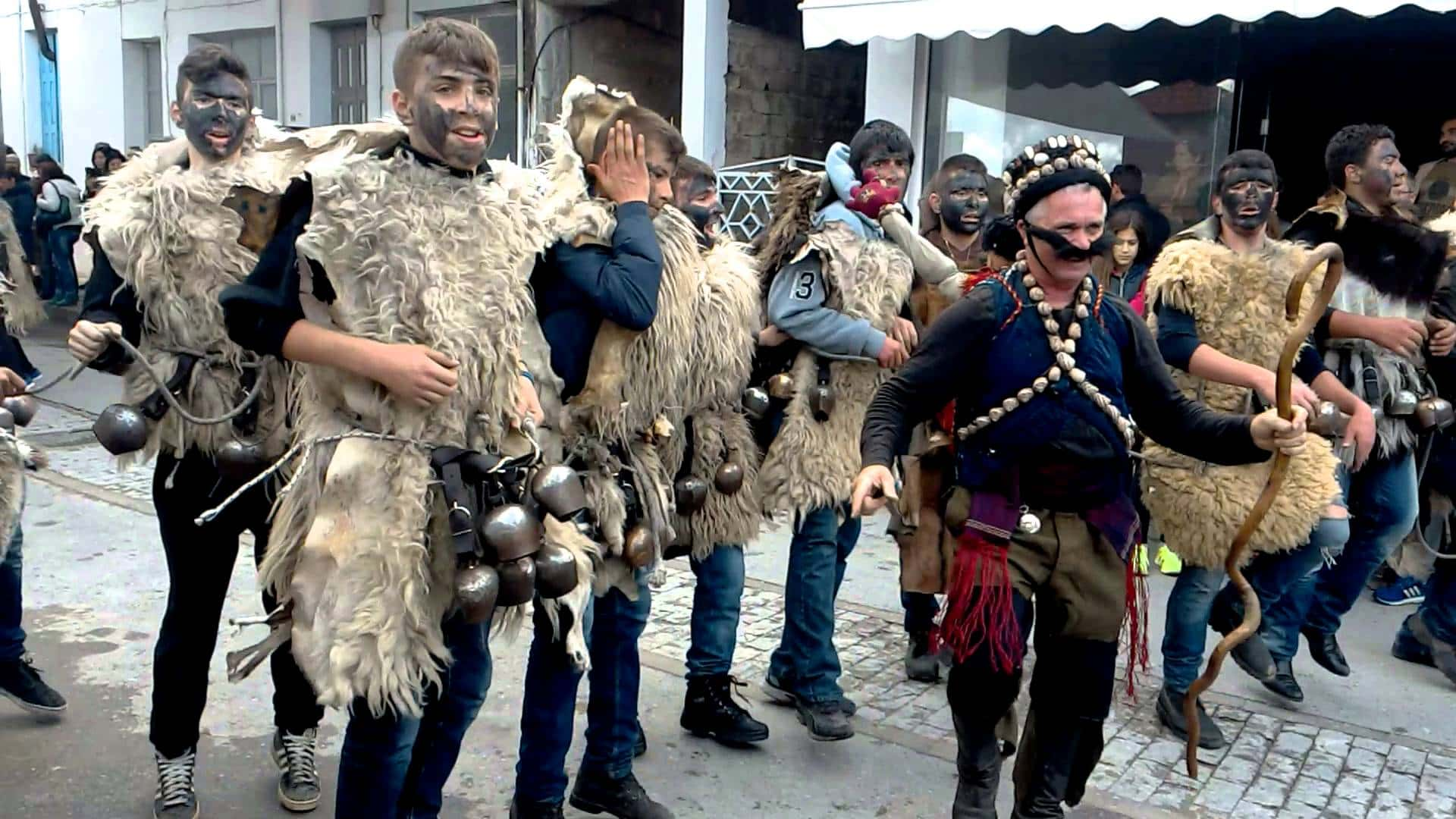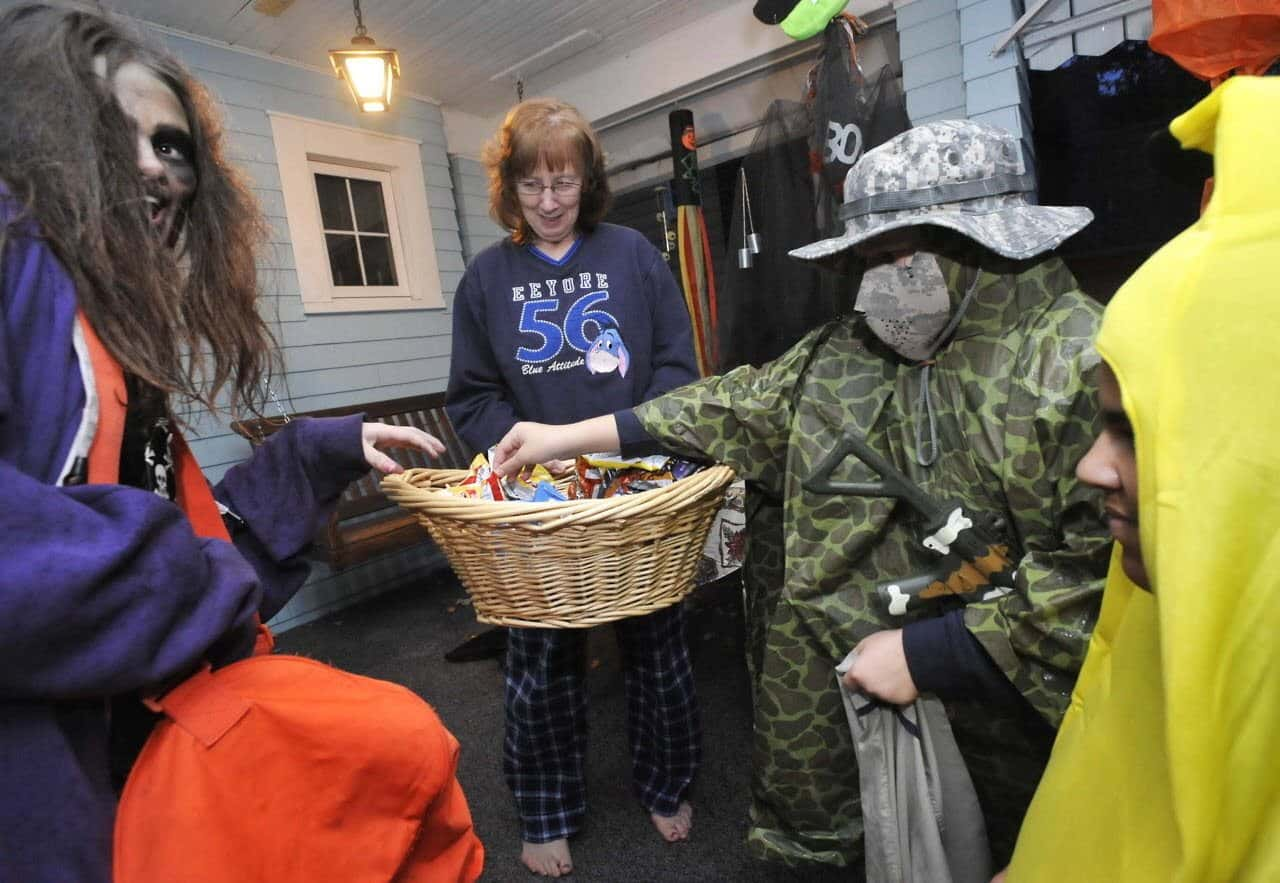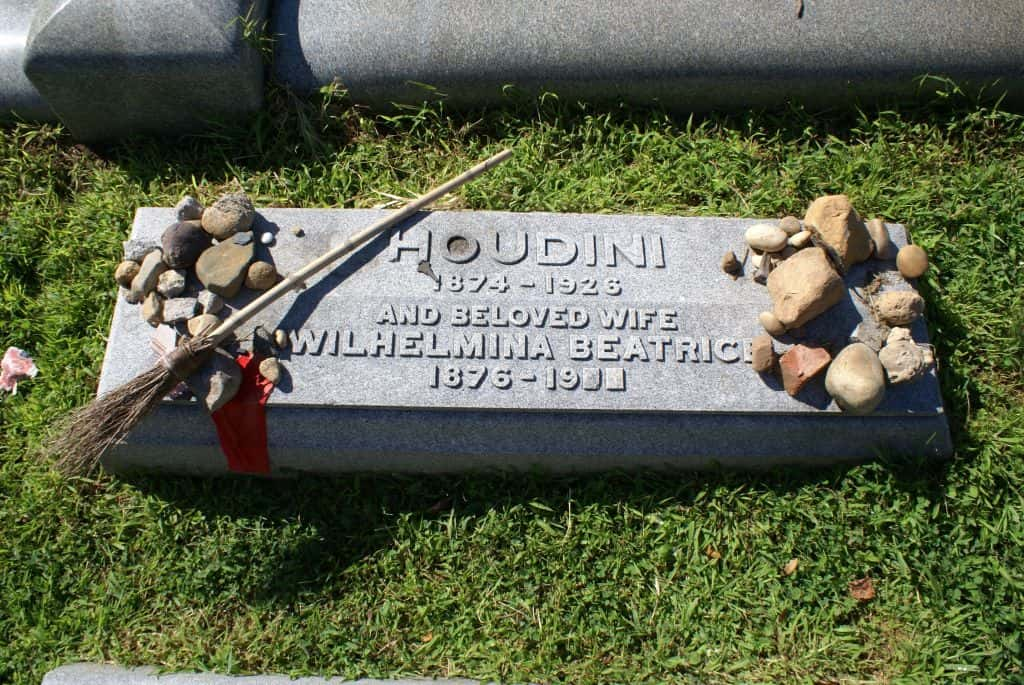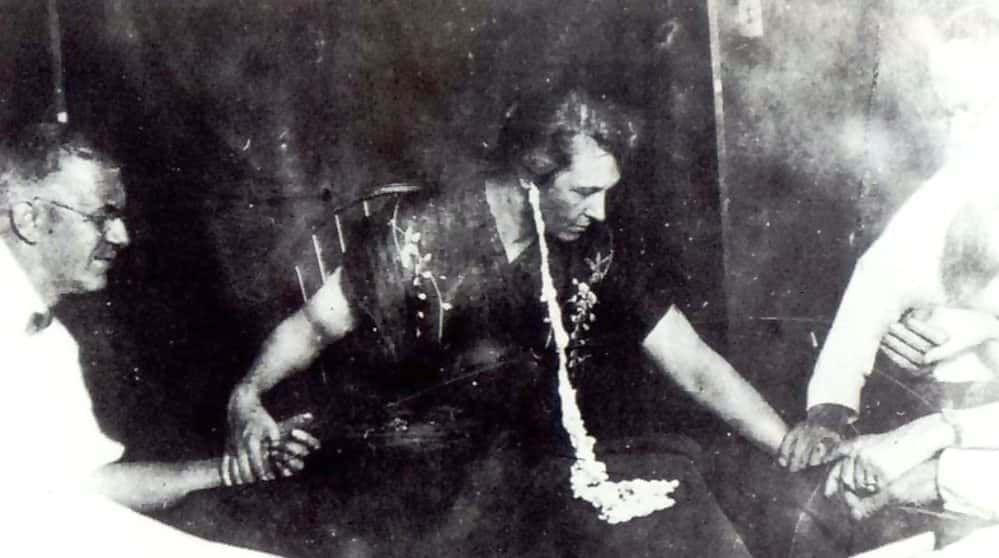"For some of us, Halloween is every day." —Tim Burton
Ghosts, ghouls, and candy: what’s not to like about Halloween? The supernatural celebration has deep pagan roots and a long history. Plus, who doesn’t want to get into the spooky spirit by watching a couple of Tim Burton films and dressing up as your favorite character? Here are some strange but true facts about Halloween to tide you over until your favourite holiday arrives.
42. Warding Off Demons
The tradition of wearing scary costumes on Halloween comes from the ancient Celts: back then, people believed dressing up as demons and the like would confuse or ward off the evil spirits who roamed the streets during Samhain (the pagan version of Halloween).

41. All Hallow’s Eve
Christians, in an effort to convert pagans, changed Samhain in the 11th century to a three day celebration from October 31st to November 2nd. The first night of this holiday is called All Hallow’s Eve, which eventually became Halloween.

40. There’s A Name For That
Samhainophobia is the medical term for a pathalogical fear of Halloween.

39. Jack’s Lantern
The jack-o-lantern comes from a Celtic legend. According to lore, a miserly old man used to play tricks on the devil and was thus denied entrance to both heaven and hell. Instead, the old man was condemned to wander the Earth, and used his lantern to lead people astray from their paths.

38. Wicked
The word "witch" actually comes from an old English word that means "wise woman"; members of the wiccan were once highly respected. It was popularly believed that witches held one of their two annual meetings, called sabbats, on Halloween.

37. Owl Omen
Owls are popular Halloween symbols. In medieval times, owls were believed to be witches, and if you heard the call of an owl it meant that someone was about to die.

36. From Beyond the Grave
Legend has it that if you see a spider on Halloween night, it means a loved one is watching over you.

Sources: 1, 2, 3, 4, 5, 6, 7, 8, 9, 10, 11, 12
35. Are You Familiar?
Black cats are another symbol of the spooky side of Halloween: if a black cat crosses your path, you’ll be cursed with bad luck. In the Medieval ages, black cats were seen as the familiars of witches, and this belief perpetuated the black cat’s association with bad luck.

34. Going Batty
Bats were also feared as the familiars of witches. Bats have an additional connection to Halloween: the bonfires that the ancient Celts built to celebrate Samhain would often attract the flying mammals.

33. Looking For Toil And Trouble
According to legend, if you put your clothes on inside out and walk backwards at Halloween, you’ll see a witch at midnight.

32. Staying Mum
During Sahmain, some villagers would dress up in animal skins and dance around the fire to scare away spirits. This practice evolved into mumming in the middle ages, where bands of masked and costumed performers would roam the streets entertaining people in exchange for treats in the form of food or drink.

30. Tricks For Treats
In Scotland and Ireland, young people would go guising, a tradition in which they dressed in costume and visited houses. If they performed a “trick” such as a dance or song, they would be given fruit, nuts, or coins as treats.

30. Going A-Souling
During the celebrations associated with All Soul’s Day on November 2, poor people would knock on the doors of wealthy citizens and be given pastries as treats. Like guising, souling was a precursor to modern trick-or-treating.

29. Prank Show
Scottish and Irish immigrants to North America brought guising and souling with them, but young people began to prefer pranks over performing. By the 1920s, these pranks were starting to cause serious damage to property. The increasing violence of the “tricks” lead to organized town trick or treating.

Sources: 1, 2, 3, 4, 5, 6, 7, 8, 9, 10, 11, 12
28. Sugar Crash
In the 1940s, trick or treating was halted because war-time rationing had curtailed the use of sugar.

27. Picky Eaters
50% of children prefer to receive chocolate on Halloween over other types of treats. 24% of children like candy, and 10% would choose gum. Toothbrushes didn’t make the list.

26. House Colors
Halloween is traditionally associated with the colors orange and black: orange because of its link to the fall harvest, and black because of its connection to darkness and death. After all, Samhain was about celebrating the boundary between life and death.

25. The Great Pumpkin
Ron Wallace holds the world record for the largest pumpkin ever grown: a 1,502 pound behemoth he grew in 2006.

24. Fastest Carver
Yes, this is a real event. The record is 16.47 seconds and is held by Stephen Clarke.

23. First Edition
Trick-or-treating was first mentioned in print in North America in 1927 in Blackie, Alberta.

22. That’s Just Silly
Since the 2004 Silly String “riots,” Hollywood has outlawed the use of silly string on Halloween. There is even a $1000 fine for either using or selling the party supply on Halloween.

Sources: 1, 2, 3, 4, 5, 6, 7, 8, 9, 10, 11, 12
21. Halloween By The Numbers
Halloween is the second highest grossing commercial holiday behind Christmas. People in the US spent 8.4 billion in 2016 on candy, costumes, and decorations.

20. Move Over, Tinder
Can bobbing for apples also land you a mate? Maybe. Apples are symbols of fertility, and young women used to mark apples during apple bobbing. If a young man captured her apple while bobbing, that girl had found her match.

19. Get In Line, OKCupid
Another matchmaking tradition had young women peeling an apple on Halloween and then throwing the peel over her shoulder. The peel was then carefully inspected to see if it formed a letter; if so, that letter would indicate the initial of the girl’s future spouse.

18. Like Looking In A Mirror
According to a legend from the late 1800s, if a young woman stared into a mirror in a dark room on Halloween, she would see the face of her future spouse.

17. Burning Nuts
In Scotland, single women were told to choose an array of hazelnuts that each represented one of their potential mates and throw them into the fire on Halloween. The nut that burned, rather than popped, represented her future husband.

16. Hidden Treats
In 18th century Ireland, another tradition had a cook hiding a diamond ring in a bowl of mashed potatoes on Halloween. Whoever was the first to find the ring was sure to find true love.

15. Bad Behavior
Studies have shown that Halloween makes children a little more evil than usual. Children’s identities are hidden, and they are also emboldened by groups. Because of this, Halloween makes children far more likely to steal candy and money.

Sources: 1, 2, 3, 4, 5, 6, 7, 8, 9, 10, 11, 12
14. Day of the Dead
In Mexico, people celebrate the Day of the Dead on November 2nd rather than Halloween on October 31st. Celebrants dress up as ghouls and roam the streets.

13. Long In The Tooth
Halloween is thought to be 6,000 years old, and was first celebrated around 4,000 BCE.

12. Lantern Festival
During one Halloween festival in China, people hang lanterns shaped like dragons and animals outside their homes to guide spirits back to their homes. Citizens also leave food and water in front of the portraits of their ancestors.

11. Revenge of the Ghosts
In Hong Kong, Halloween is celebrated during the Festival of the Friendly Ghosts. Food is left out and fires are lit in an effort to make angry ghosts a little happier with the living.

10. Killer Night
Children are more than twice as likely to be killed while walking the streets and sidewalks on Halloween than on any other night.

9. Time To Carve The Turnip
Jack-o-lanterns were originally turnips, not pumpkins.

8. Never Too Old?
In 1964, Long Island homeowner Helen Pfeil was arrested for handing out arsenic-laced treats to teens she thought were too old to go trick-or-treating.

Sources: 1, 2, 3, 4, 5, 6, 7, 8, 9, 10, 11, 12
7. Yes, You Can Be Too Old
Officials in Belleville, Illinois agree with Pfeil that you can be too old. The city banned trick or treating for kids over the age of twelve. Teens who venture out on Halloween for treats can be fined up to $1,000.

6. Divine Fine
It is illegal to dress up as a priest for Halloween in Alabama, and you can be fined and/or arrested for the offense.

5. Full Moons
Although full moons are also associated with Halloween, a Halloween full moon is quite rare. The most recent Halloween full moons were in 1955, 1974, and 2001. A full moon is also expected on October 31, 2020.

4. Fear Of Clowns
It is illegal in Vendargues, France for anyone over the age of 12 to wear a clown costume or makeup on Halloween; in 2014, the city had a problem with adults dressed as clowns terrorizing the town.

To be honest, they have a point!
3. Haunted Harry?
Harry Houdini was one of the most famous escape-artists in the world. Although Houdini survived countless brushes with death, he died on Halloween night, 1926 from a burst appendix after he was punched in the stomach.

2. Return Of The Dead
Every year since 1927, a séance has been held in the hopes of making contact with Houdini. Houdini had given a code word to his wife Bess before he died and told her he would use it if he were able to cross over from the other world. Bess participated in the séance for 10 years until finally declaring that he wasn’t coming back. The séance, however, continues today without her.

1. Tainted candy myth
Except for Helen Pfeil, the idea that strangers might tamper with children’s treats is largely a myth. The sad truth is that if a child's candy is poisoned on Halloween, it's likely that the child was actually targeted by a member of their own family. In one known case, a child died after ingesting his uncle’s heroin. The heroin was later sprinkled on the candy to shift blame. In another instance, a father laced his children’s candy with cyanide to collect on life insurance policies he had taken out.










